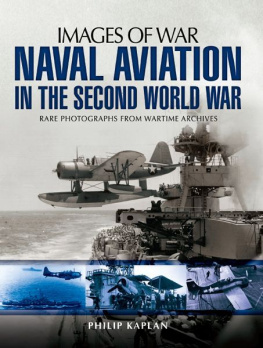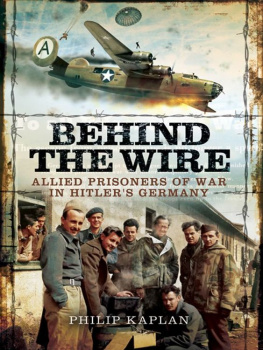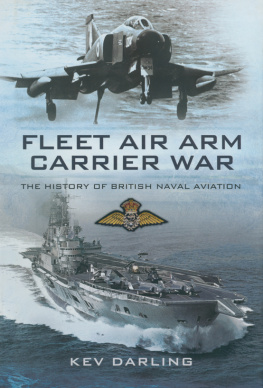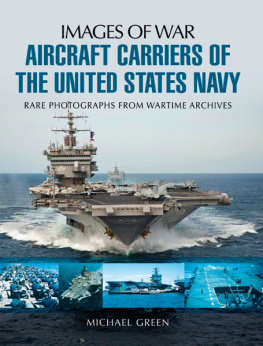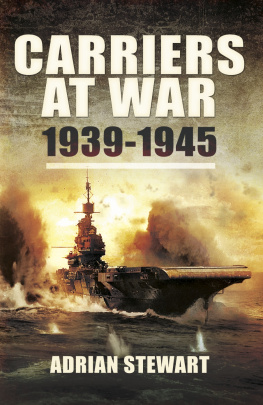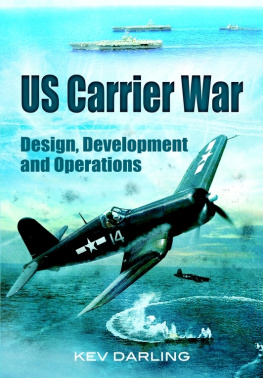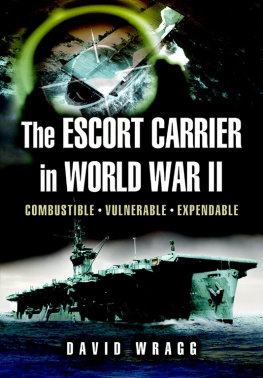Kaplan - Naval aviation in the Second World War : rare photographs from wartime archives
Here you can read online Kaplan - Naval aviation in the Second World War : rare photographs from wartime archives full text of the book (entire story) in english for free. Download pdf and epub, get meaning, cover and reviews about this ebook. City: South Yorkshire, England, year: 2013, publisher: Pen and Sword Aviation, genre: History. Description of the work, (preface) as well as reviews are available. Best literature library LitArk.com created for fans of good reading and offers a wide selection of genres:
Romance novel
Science fiction
Adventure
Detective
Science
History
Home and family
Prose
Art
Politics
Computer
Non-fiction
Religion
Business
Children
Humor
Choose a favorite category and find really read worthwhile books. Enjoy immersion in the world of imagination, feel the emotions of the characters or learn something new for yourself, make an fascinating discovery.
Naval aviation in the Second World War : rare photographs from wartime archives: summary, description and annotation
We offer to read an annotation, description, summary or preface (depends on what the author of the book "Naval aviation in the Second World War : rare photographs from wartime archives" wrote himself). If you haven't found the necessary information about the book — write in the comments, we will try to find it.
World War II changed all that, At Taranto, Pearl Harbor, and in the North Atlantic, the carrier, the ugly duckling of the worlds navies, proved itself to be the dreadnought nemesis. As the tide of war turned, the fast attack carriers of the U.S. Navy spearheaded the counter-attack in the Pacific while the makeshift escort carriers helped to seal the fate of the German U-boats in the Atlantic. The carrier, and naval aviation, thus emerged into the post-war world as the primary symbol and instrument of sea power; it would play a crucial role in the strategic encirclement of the Soviet Union and enabled western airpower to be rapidly and effectively deployed in areas of conflict as remote as Korea, Vietnam, the Falklands and the Gulf.
Kaplan describes the adventure of the young American, British, and Japanese naval aviators in the Second World War. It is an account of their experiences based on archives, diaries, published and unpublished memoirs, and personal interviews with veteran naval airmen of WWII, providing a vivid and often hair-raising picture of the dangers they encountered in combat and of everyday life aboard an aircraft carrier. It considers some of the key aspects of the WWII naval aviators combat career, such as why it was that only a tiny minority of these pilots those in whom the desire for aerial combat overrode everything accounted for such a large proportion of the victories.
In the major carrier actions of that conflict, from the Royal Navys attack on Taranto which crippled the Italian fleet in 1940, to the Japanese carrier-launched surprise attack on U.S. Navy battleships and facilities at Pearl Harbor in 1941, to the carrier battle of Midway in 1942, and the Great Marianas Turkey Shoot of 1944, through the Japanese Kamikaze campaign against the U.S. Carriers in the final stages of the Pacific war, this book takes the reader back to one of the most exciting and significant times in modern history
Kaplan: author's other books
Who wrote Naval aviation in the Second World War : rare photographs from wartime archives? Find out the surname, the name of the author of the book and a list of all author's works by series.

